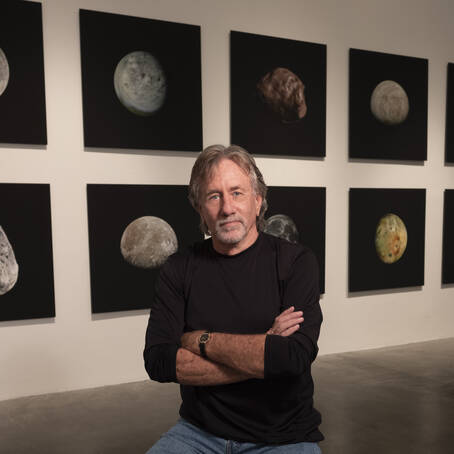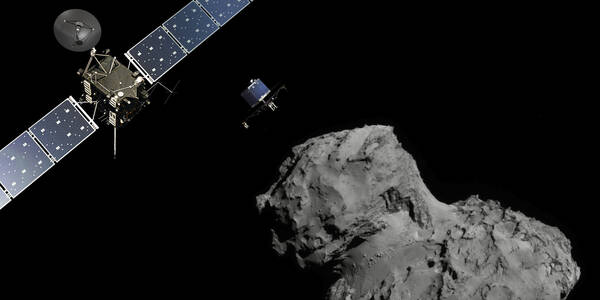
Why AxS Episode 2
Why Art and Science Matters
Welcome to the second episode of the Why AxS podcast—where brilliant scientific and artistic minds ponder big universal whys. It's no secret that art and science have long been linked—but did you know this intersection has been rooted in the DNA of Los Angeles from the very beginning?
Alum and former ArtCenter Exhibitions director Stephen Nowlin (whose curatorial expertise and passion has long focused on science and art) unravels the rich intertwining origin stories of the artists and experimenters who landed in L.A. and pioneered new industries, from fine art to aeronautics to film.
Art imbues science with a sensation of transcendence. Humans need an emotional connection to their existence, and a sensation of transcendence is often how that emotional reaction is triggered.
Stephen Nowlin


We'll traverse institutions and innovators at the forefront of tapping technology as a new palette—from LACMA's experimental Art and Technology program in the 60's, to Getty's landmark series PST ART: Art & Science Collide, on display now.
As humans, we aspire to find common ground between the two district sides of our brain. For Nowlin, that means forging new paths for audiences to experience data as both information and sensation.
That's the focal point of ArtCenter's current exhibition Seeing the Unseeable: Data, Design, Art, part of Getty's PST ART. Seeing the Unseeable, co-curated by Nowlin, is a wide-ranging and multilayered exhibition that takes a deep dive into data visualization in its social and aesthetic forms.
In this conversation, Nowlin discusses how data can be scientifically didactic, but artistically immersive, at the same time.
In other words, why science needs art to tell its narratives in a language makes data illuminating, immersive, complex and even transcendent.
We invite you to join us on this journey—and bring both sides of your brain.
Why AxS
Join us for ArtCenter’s new mini-series investigating the powers of art and science–and the extraordinary, unexpected outcomes when the two fields intersect.







